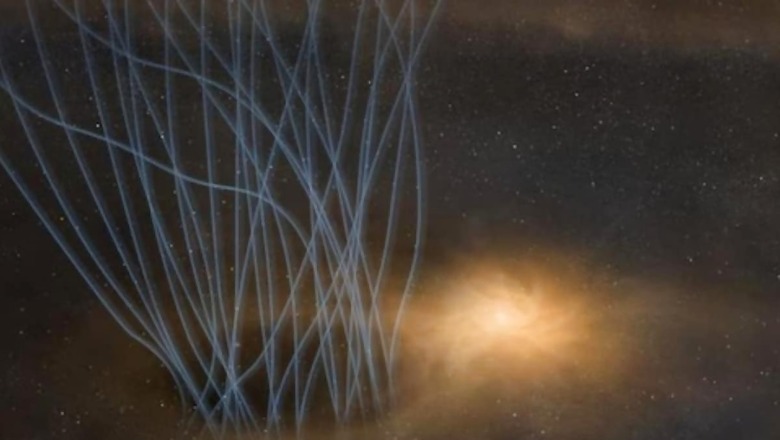
views
On Thursday, astronomers from Kyushu University announced that in the early stages of its growth, the protostellar disc that surrounds a newborn or baby star, discharges plumes of dust, gas and electromagnetic energy in “sneezes”. This can tell researchers a lot about them. The birthplace of all stars, including the Sun, are large concentrations of gas and dust called stellar nurseries. Eventually, the gas and dust combine to create a newborn star or stellar core. When this happens, a ring of gas and dust may develop around the newborn star which is called protostellar disc. According to a study published in The Astrophysical Journal, explained by Kazuki Tokuda, “these structures are perpetually penetrated by magnetic fields, which bring with them magnetic flux. If the star continued to develop with all of this magnetic energy, the resulting magnetic fields would be orders of magnitude higher than those found in any known protostar.”
To better understand this unusual phenomenon, the researchers looked at MC 27, a stellar nursery that is situated nearly 450 light-years away from the planet. They made use of data gathered by Chile’s ALMA array of high-precision radio telescopes.
The team collected data that revealed unexpected “spike-like” structures protruding from the disks of newborn stars. These spike-like formations extend well beyond the disks of young stars. It turned out to be spikes of gas, dust, and magnetic flux that had been discharged.
This is due to the interaction between the varying densities in the disk of the forming star and fluctuations in the magnetic field, which drives out the magnetic flux. Researchers compared it to a sneeze, where particles are released faster. These “sneezes” occur often as newborn stars are forming. This helps the researcher to understand how baby stars and planets form.
They also saw other spikes a little far away from the protostellar disc and currently hypothesise that these could be other “sneezes” from the past. Sneezes, according to the researchers, may provide light on the intricate star formation processes that have helped to shape the universe.




















Comments
0 comment